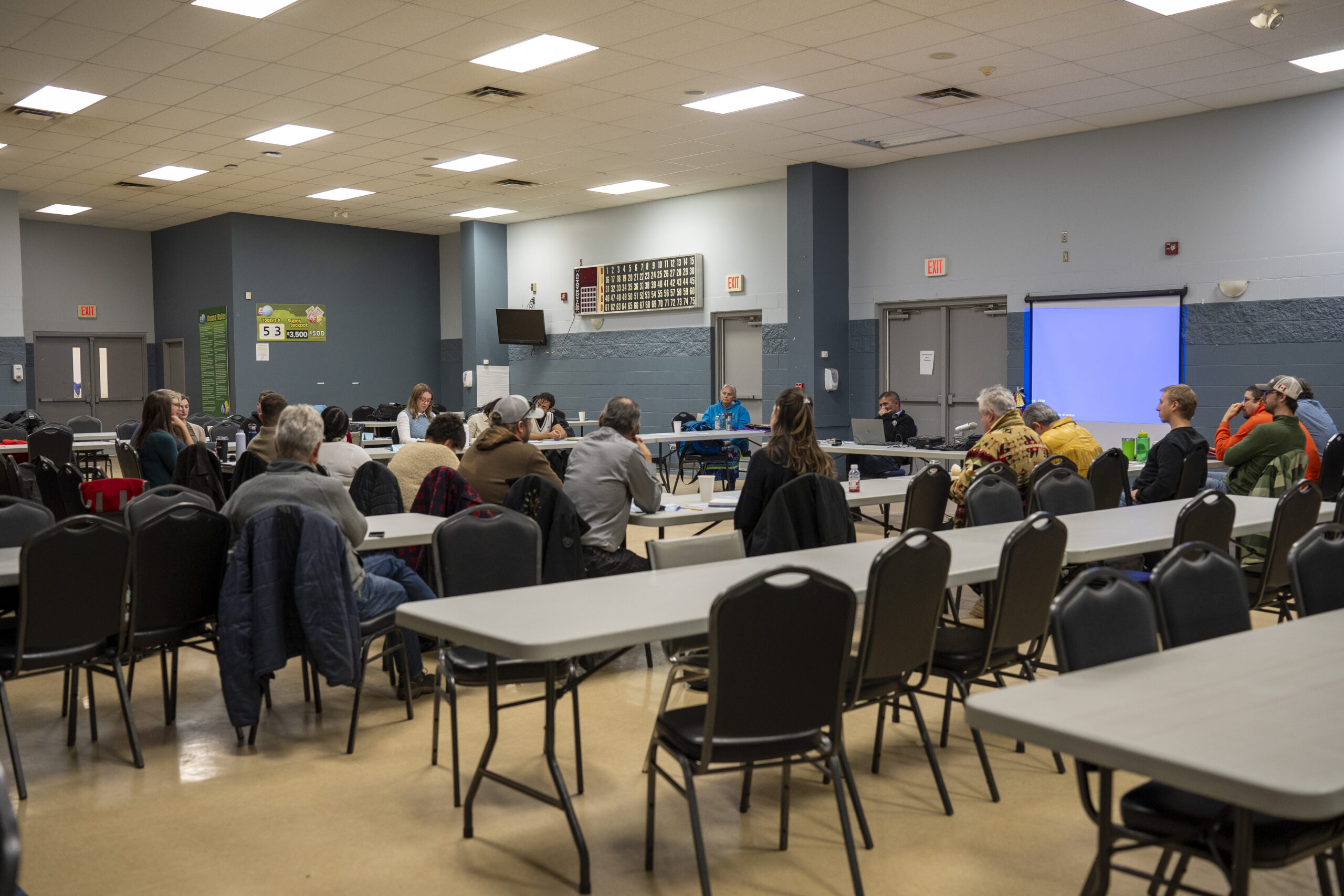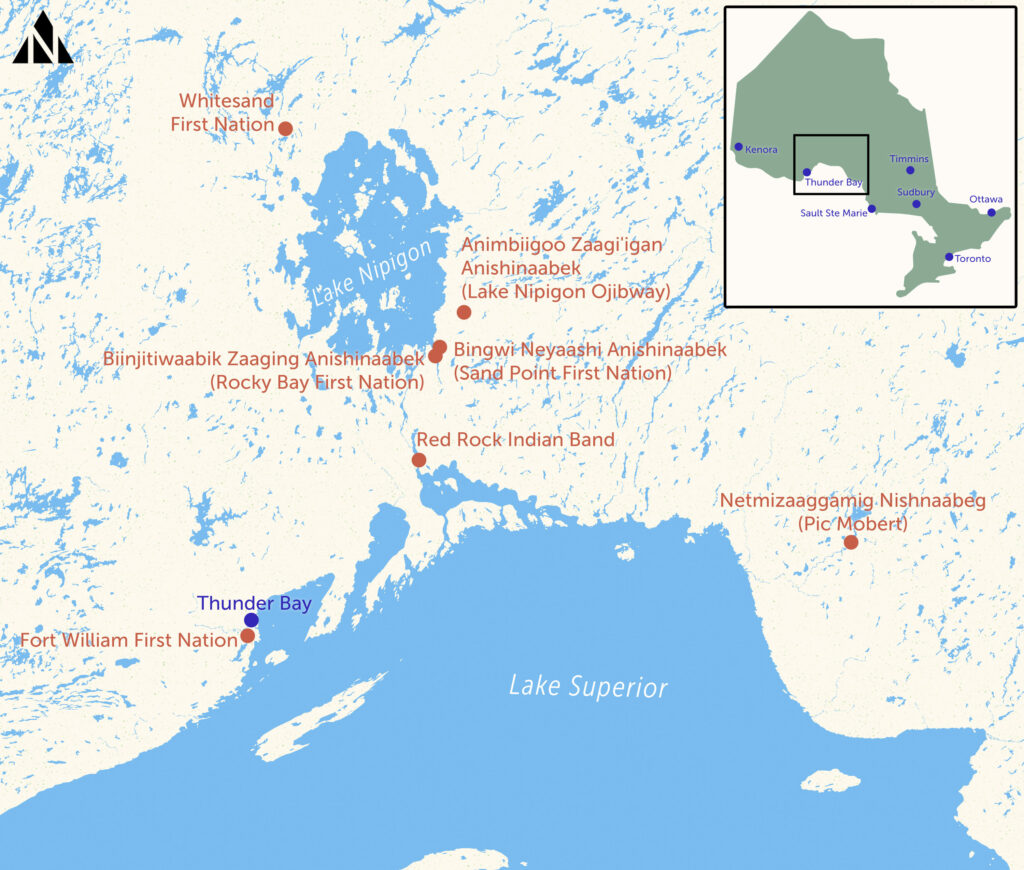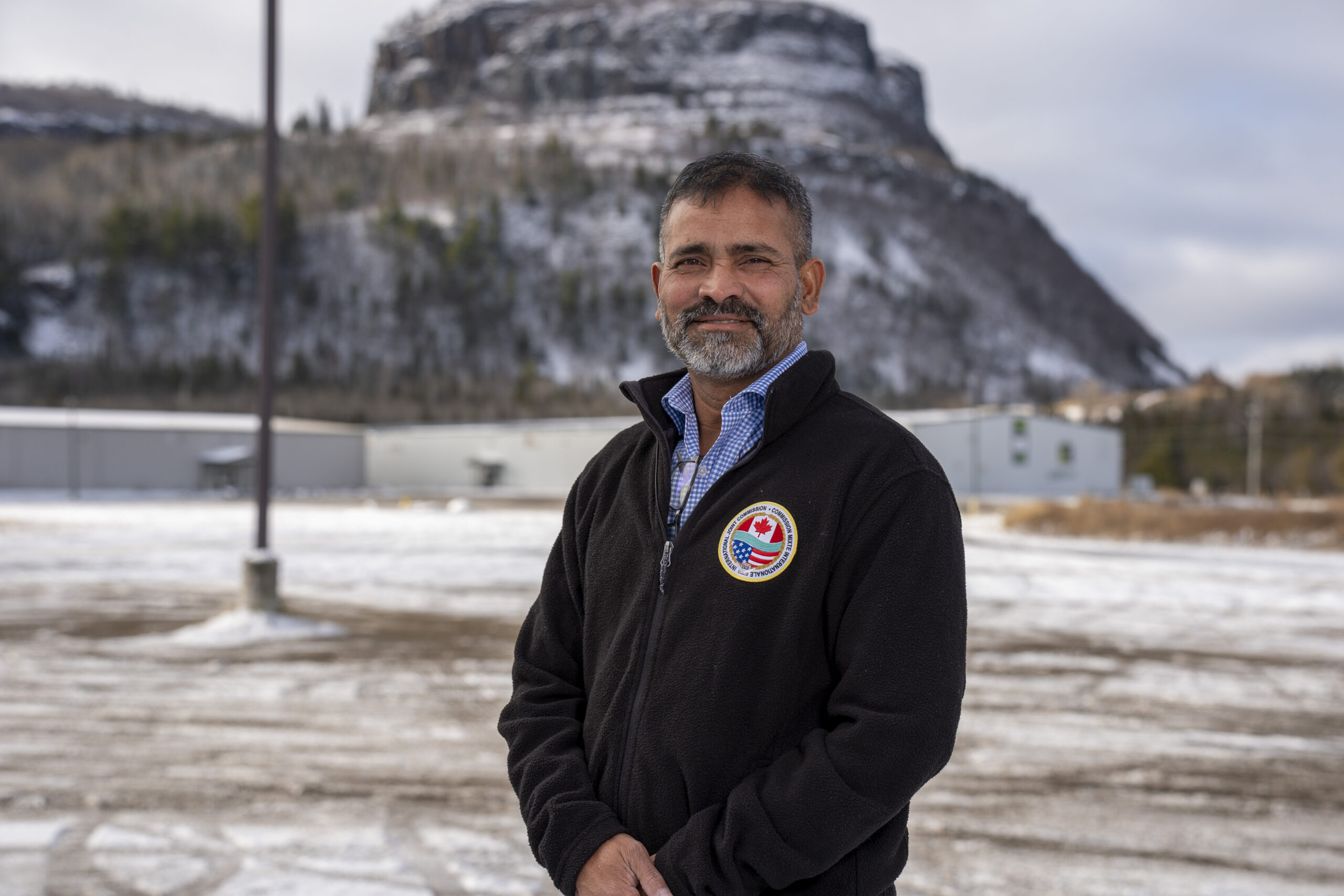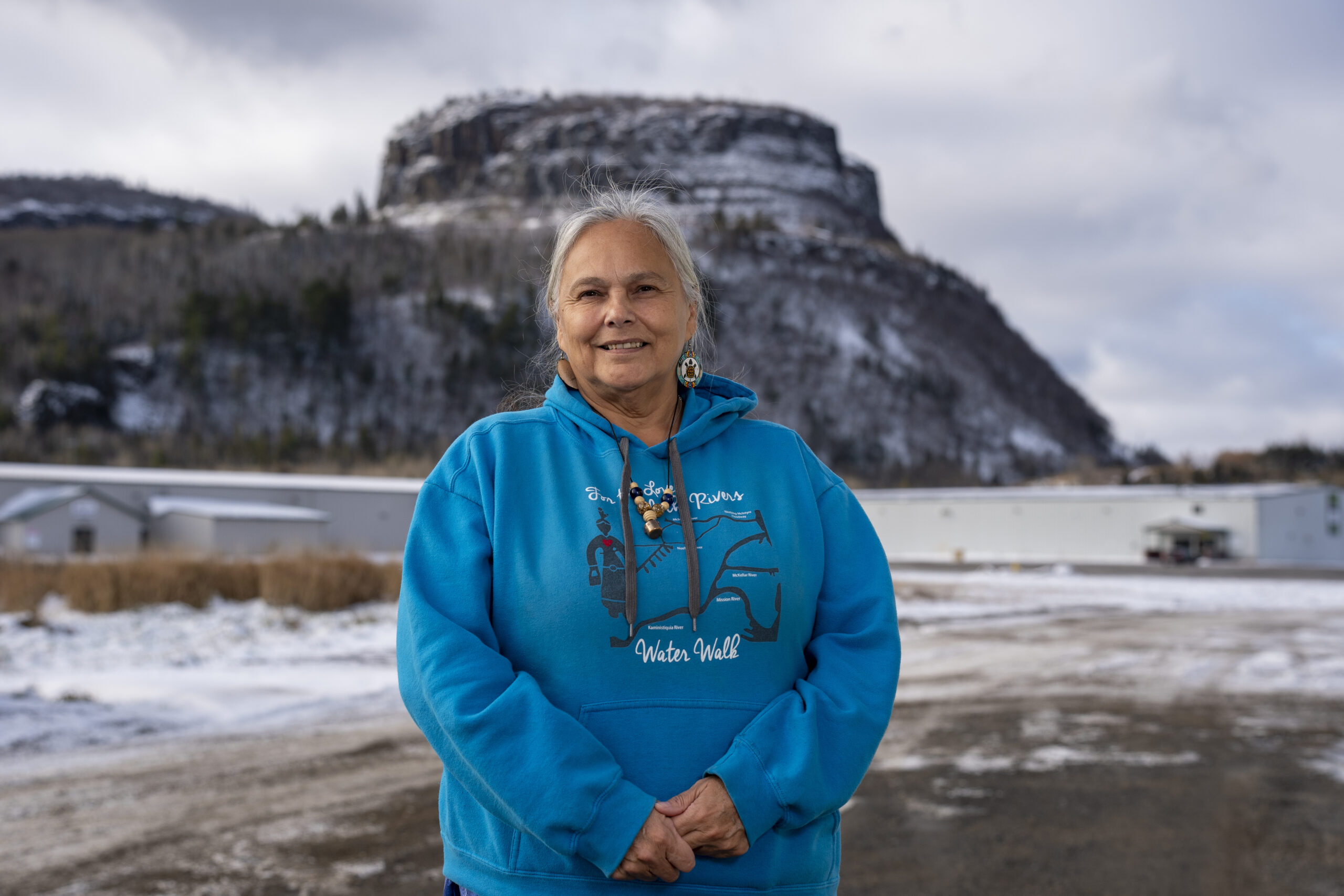
A dam destroyed their river. 61 years later, two First Nations fought for justice
A new documentary, Nechako: It Will Be a Big River Again, dives into how two...
Get the inside scoop on The Narwhal’s environment and climate reporting by signing up for our free newsletter.
Six years ago, Rocky Bay First Nation — an Indigenous community of more than 1,000 people just north of Lake Superior — began to study the health of their food and water.
Worried about the impacts of paper mills, mines and other industrial activities on the water systems that lead to the world’s largest freshwater lake, fishers from the community collected fish for food and to test for contaminants, particularly mercury.
Ray Nobis was one of them. As a kid, he was taken out of school to learn how to trap and hunt. When he grew up, he became a commercial fisherman, “living off the land and guiding, you know, all the normal stuff that we grew up loving my dad for.”
“And then everything changed,” Nobis, now economic development manager for Rocky Bay First Nation, told The Narwhal. “The environment changed.”
Commercial fishing wasn’t viable anymore, “or magnificent,” Nobis said. The “culprit,” as he described it, was industry setting up on the north end of Lake Nipigon, a large lake just north of Lake Superior, that was polluting the water and impacting fish spawning habitat. In recent years, mining, hydro and nuclear projects, lithium battery factories and biomass operations have been proposed around the lake. That spurred Nobis and others in the community to learn how to test the waters and the beings in them.
The nation partnered with Lakehead University in Thunder Bay, Ont., to secure technical expertise — or “non-Native assistance of technology and education and scientific knowledge,” as Nobis called it — to conduct the testing and share its findings. The nation has also secured federal funding for Indigenous Guardians to continue the study for several years. Initial results show elevated levels of mercury in samples of walleye, northern pike, lake trout and sucker. The community developed consumption guidelines for these species indicating the maximum number that can be safely eaten each month, but further analysis is needed to determine whether other fish types are safe to eat.
But to get a fuller understanding of the risks to Lake Superior and by extension their food and water, the nation sought to get six of their neighbouring First Nations on board.

In December, those nations came together for the first time to plan collaborative conservation efforts around Lake Superior — and ultimately all the Great Lakes. Participants included members of Rocky Bay (or Biinjitiwaabik Zaaging Anishinaabek), Lake Nipigon Ojibway (or Animbiigoo Zaagi’igan Anishinaabek), Sand Point (or Bingwi Neyaashi Anishinaabek), Pic Mobert (or Netmizaaggamig Nishnaabeg), Red Rock Indian Band, Whitesand First Nation and Fort William First Nation, which hosted the two-day gathering. Also present were members of Lakehead University and the International Joint Commission, a cross-border watchdog that monitors the Great Lakes.
“We wanted to show what we’ve done and how we did it, to try and bring First Nations across the region to start looking at contamination and water quality,” Nobis said. “We also wanted to assist, if we can, communities that need funding for these projects.”
Robert Pierre, economic development officer at Fort William First Nation, told The Narwhal one of the main goals of the collaboration was to create a co-management agreement that ensures every community follows a similar water protection plan with the same end goal. This would “make sure we’re all on the same page and our efforts are all focused on one thing, which is restoring the health to the bottom of the lake.”

Many of the participating First Nations are located around Lake Nipigon, and another goal of their collaboration is to see it recognized by the International Joint Commission as part of Lake Superior. Doing so would give them access to more funding opportunities and allow for more holistic conservation efforts. “Everything’s connected,” Pierre said. “We could make sure Lake Superior is clean but if there are toxins in Lake Nipigon feeding into the Great Lakes system, all our efforts are for naught.”
To do so, the gathering pushed for their Traditional Knowledge and experiences to be better combined with western science in the co-management plan. There was also a push to move scientific analysis of the Great Lakes beyond human-centred impacts to include all beings, such as fish, moose and caribou, and to consider shorelines and other waterways in a Great Lakes watershed.

Raj Bejankiwar, a scientist with the International Joint Commission who attended the gathering, told The Narwhal the organization aims to incorporate both knowledge systems into its forthcoming 10-year Great Lakes science plan, which will identify areas of concern and the investments needed to address them.
“There are hundreds of Indigenous communities around the Great Lakes,” Bejankiwar said, noting he attended to learn and help communities with funding and access issues where he could. “We have a mandate of preserving the Great Lakes but we can’t do that without understanding what Indigenous people do: that water is not a resource, but something to have a relationship with, one to value.”
“We look at issues in siloes, but Indigenous people look at things holistically,” he added. “That approach and the vast knowledge they have … I cannot imagine ignoring that. They are the true conservationists.”

Several people who attended the gathering told The Narwhal there are increasing concerns about the industries emerging across the Lake Superior watershed. While there have been positive conversations with companies about preserving the health of the waters, the nations also want to remain vigilant and monitor impacts closely. And they want to see more of those conversations start up.
Elder Sheila De Corte from Fort William First Nation opened the gathering with a water ceremony. Having grown up in the area, De Corte told The Narwhal every so often she would eat a fish that “tasted like wood chips.”
“That’s why it’s really important to work with those companies to take better care and caution to protect the rivers and the lake,” she said.
To continue the collaborative work, members of the seven First Nations will visit the American side of Lake Superior to learn about the successful conservation efforts of the tribes and scientists there.
De Corte said the easiest way to build a collaborative effort was to build a relationship with the Great Lakes. “There is life in that water,” she said. “Water is alive and has a way of healing itself and has memory.”
“She needs our help now. We have to be more conscientious about her.”
Updated on Jan. 13, 2024, at 9:18 a.m. ET: This story has been corrected to change the spelling of Fort William First Nation in several places from Fort Williams First Nation.
Get the inside scoop on The Narwhal’s environment and climate reporting by signing up for our free newsletter. Angello Johnson’s shoulders burn, and his arms...
Continue reading
A new documentary, Nechako: It Will Be a Big River Again, dives into how two...

Bracken was recognized for intimate portraits of residents of Fort Chipewyan, Alta., who told her...

A guide to the BC Energy Regulator: what it is, what it does and why...
